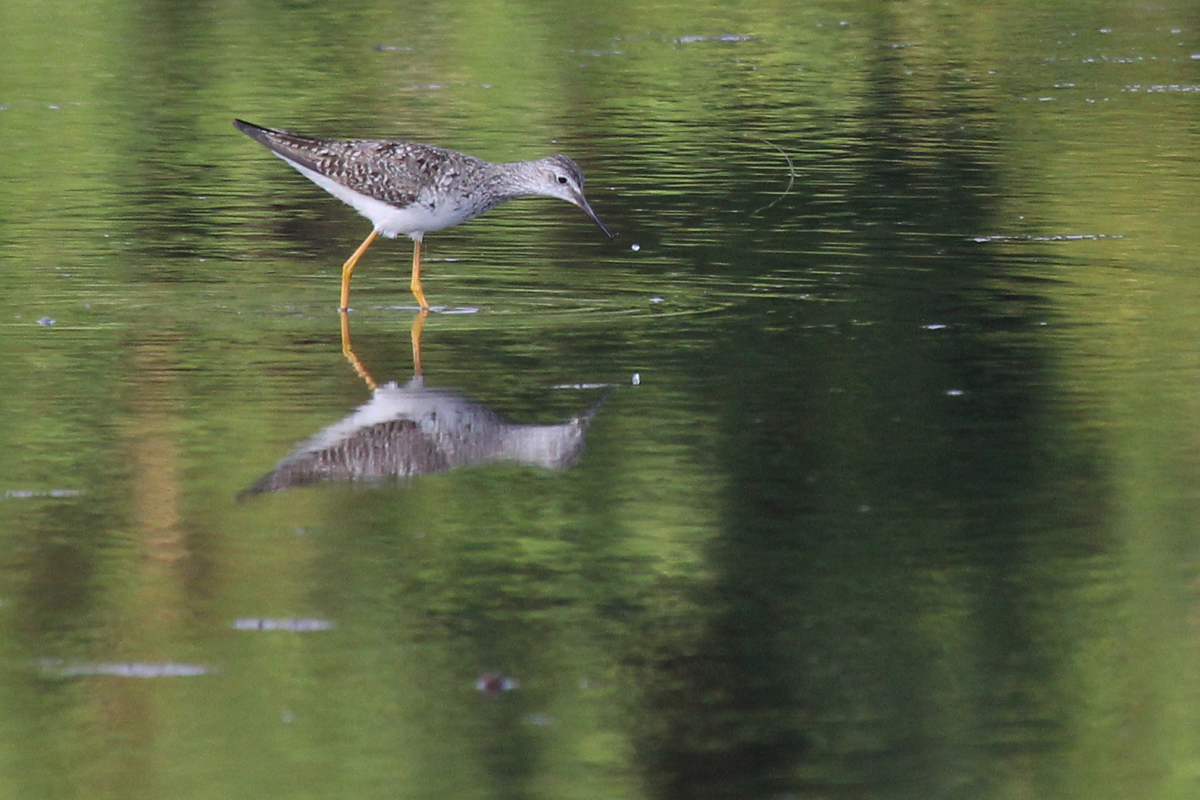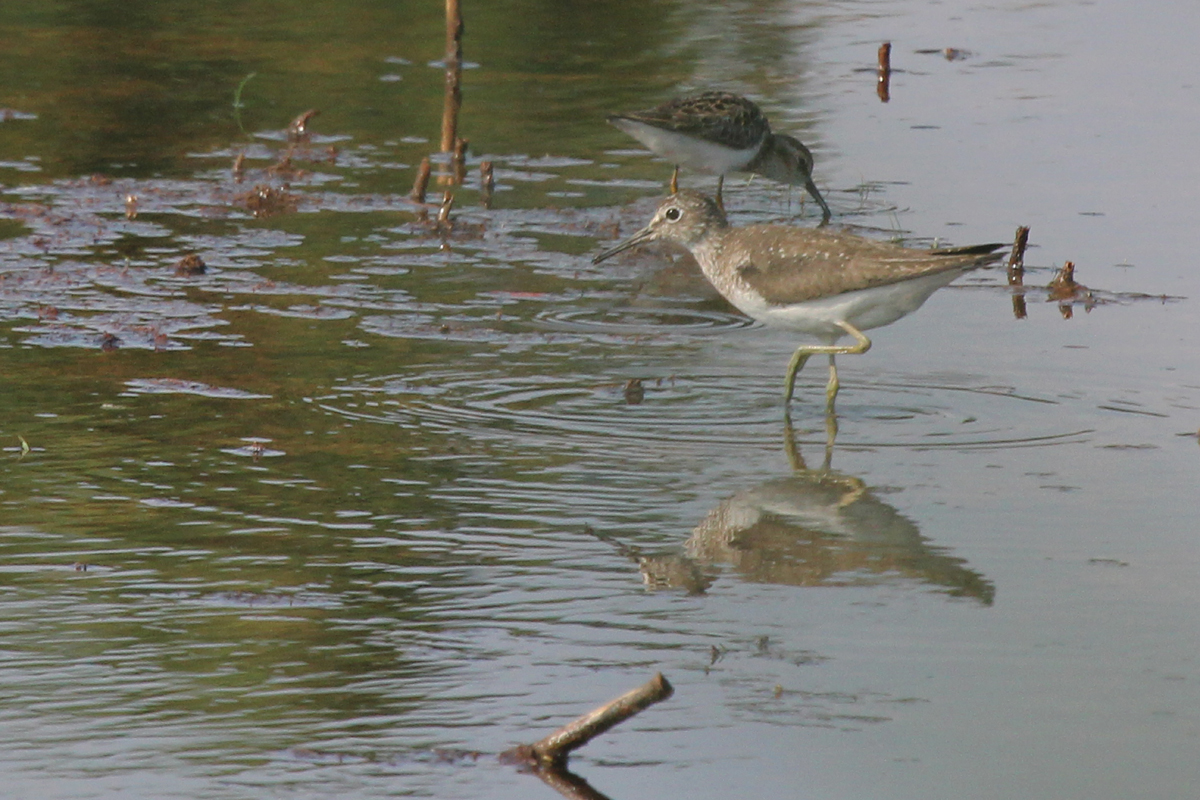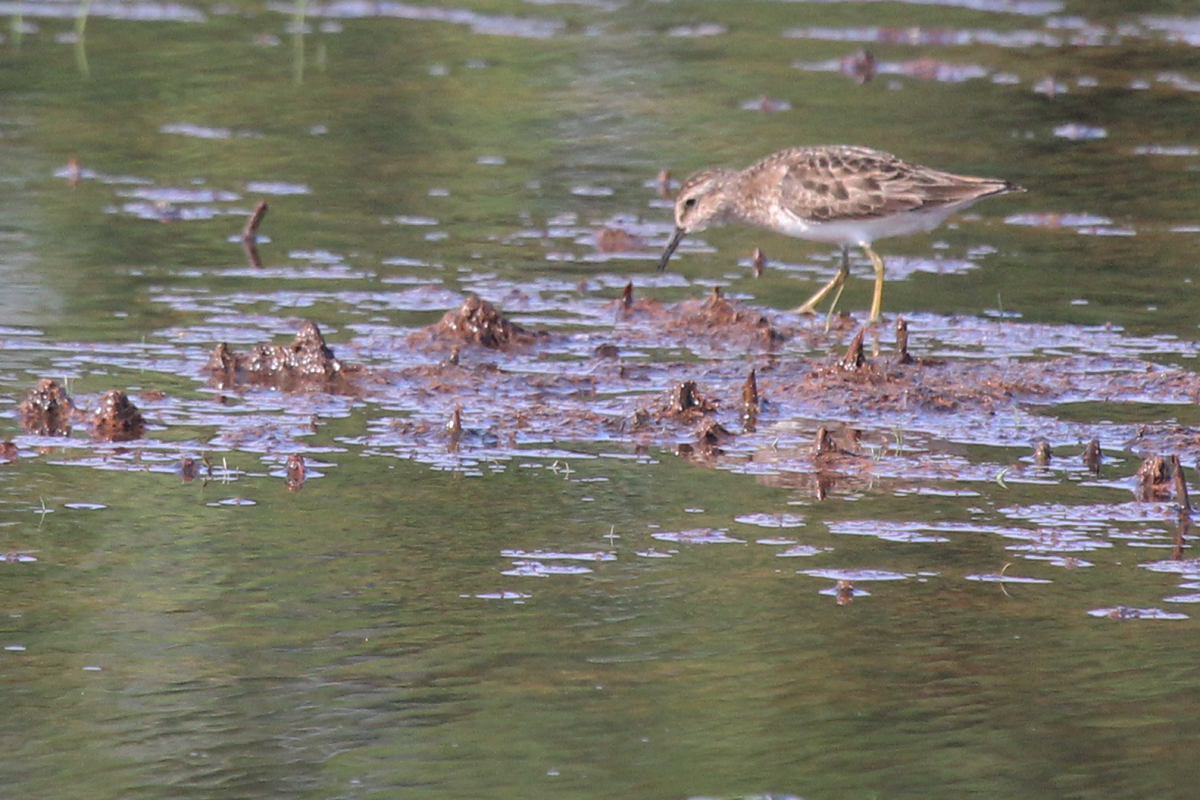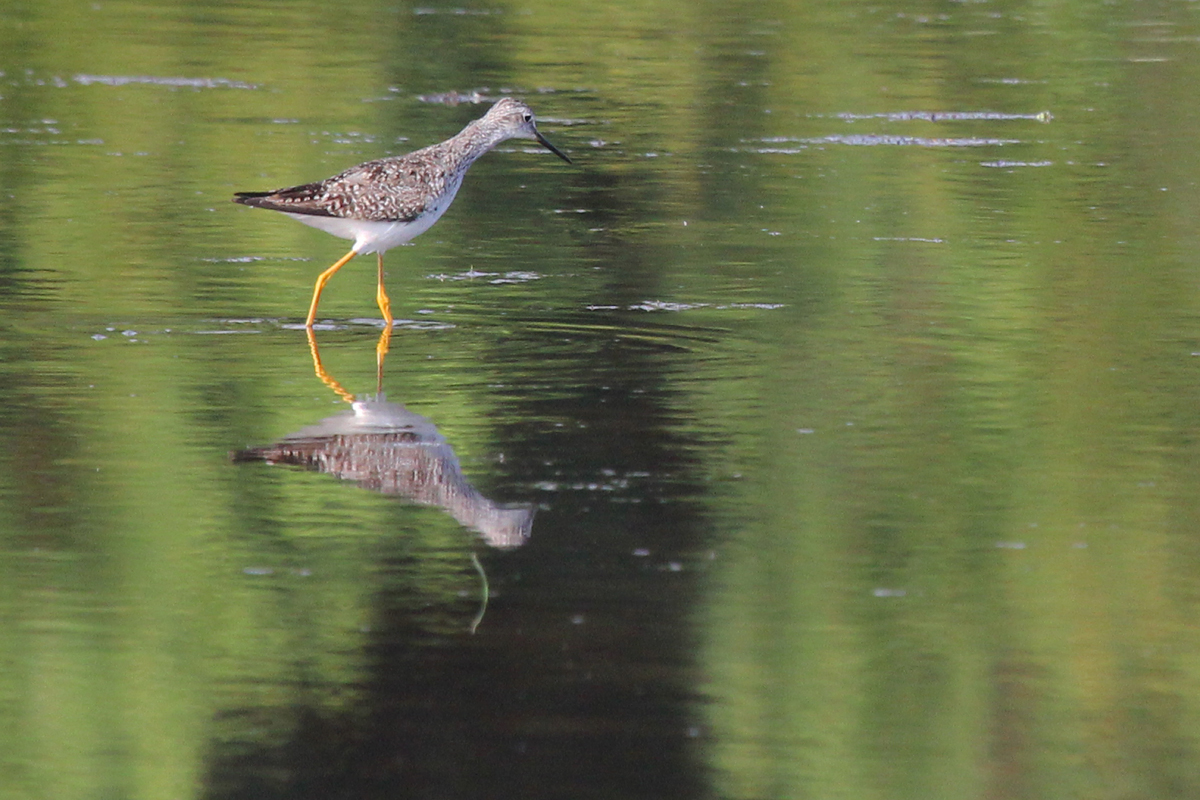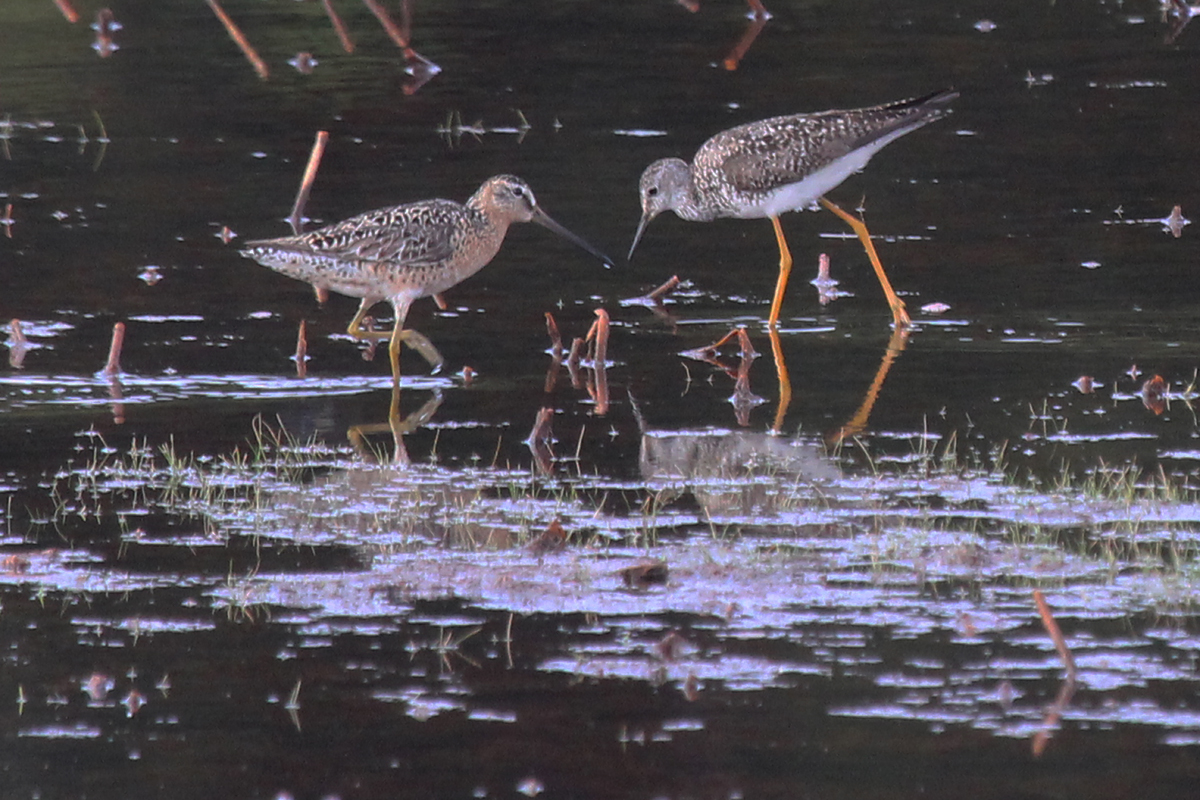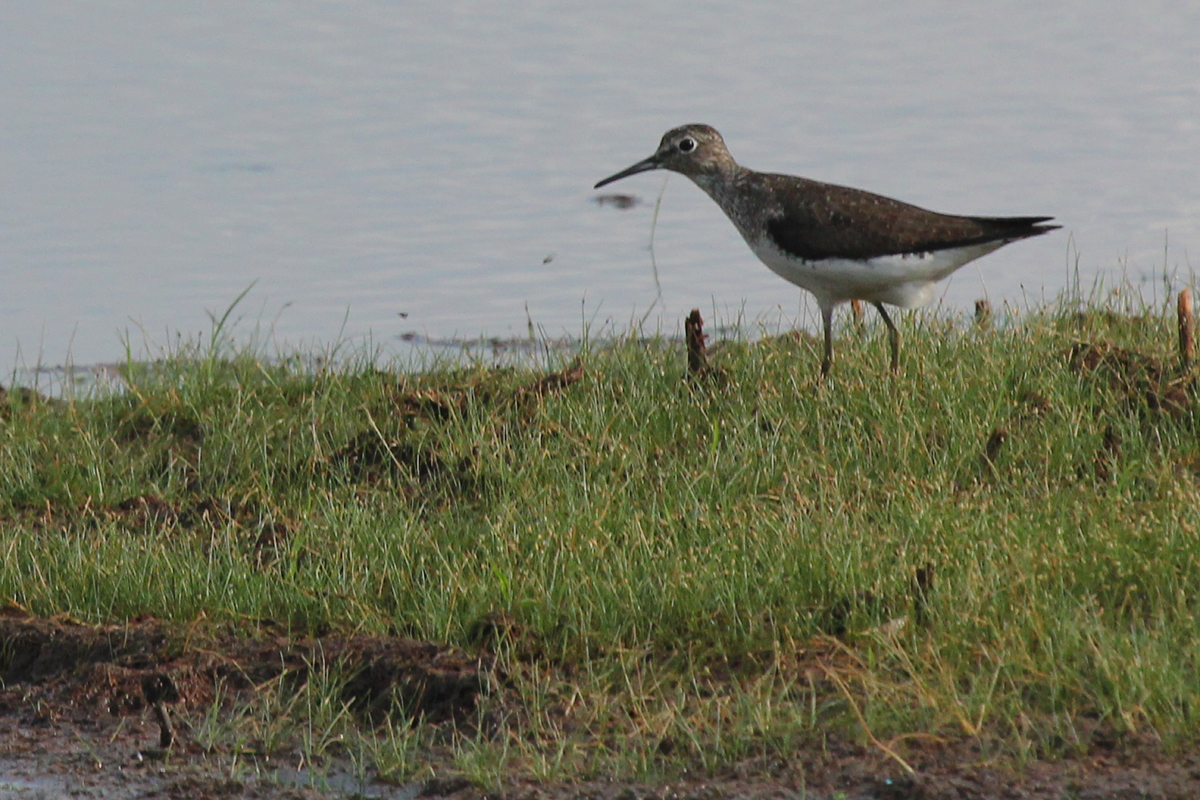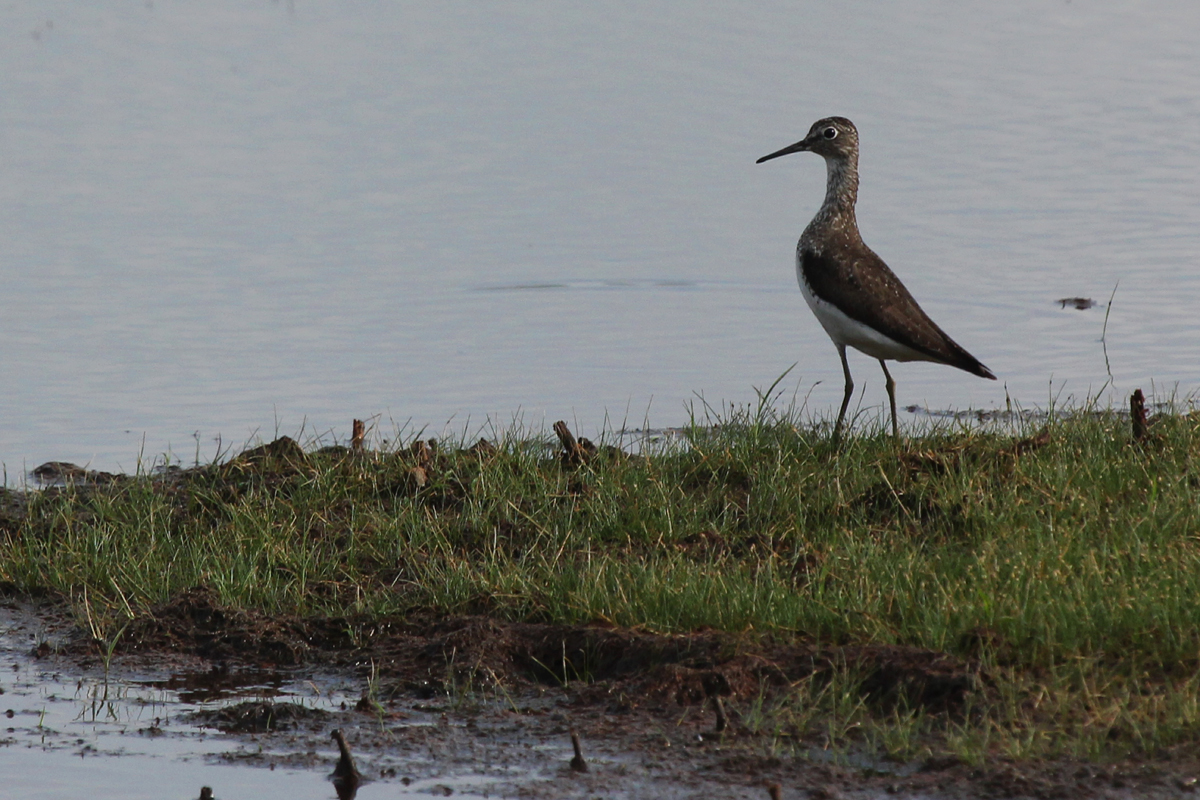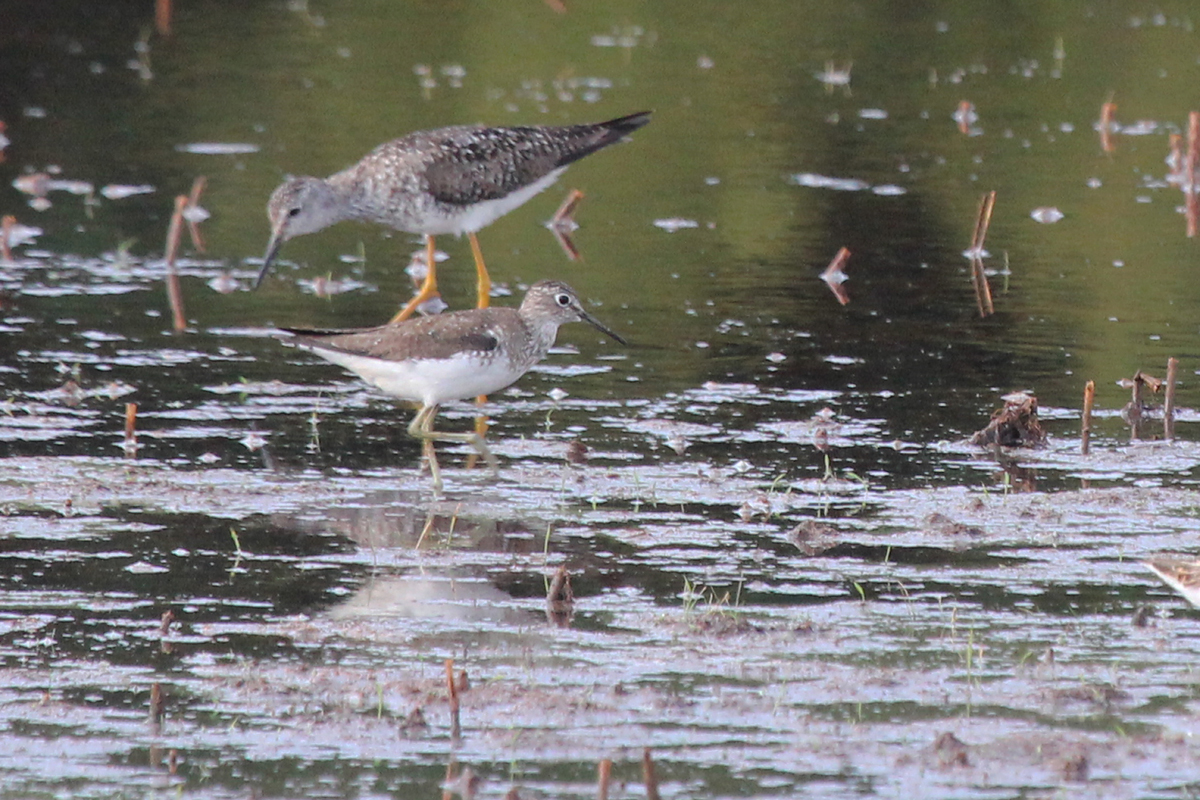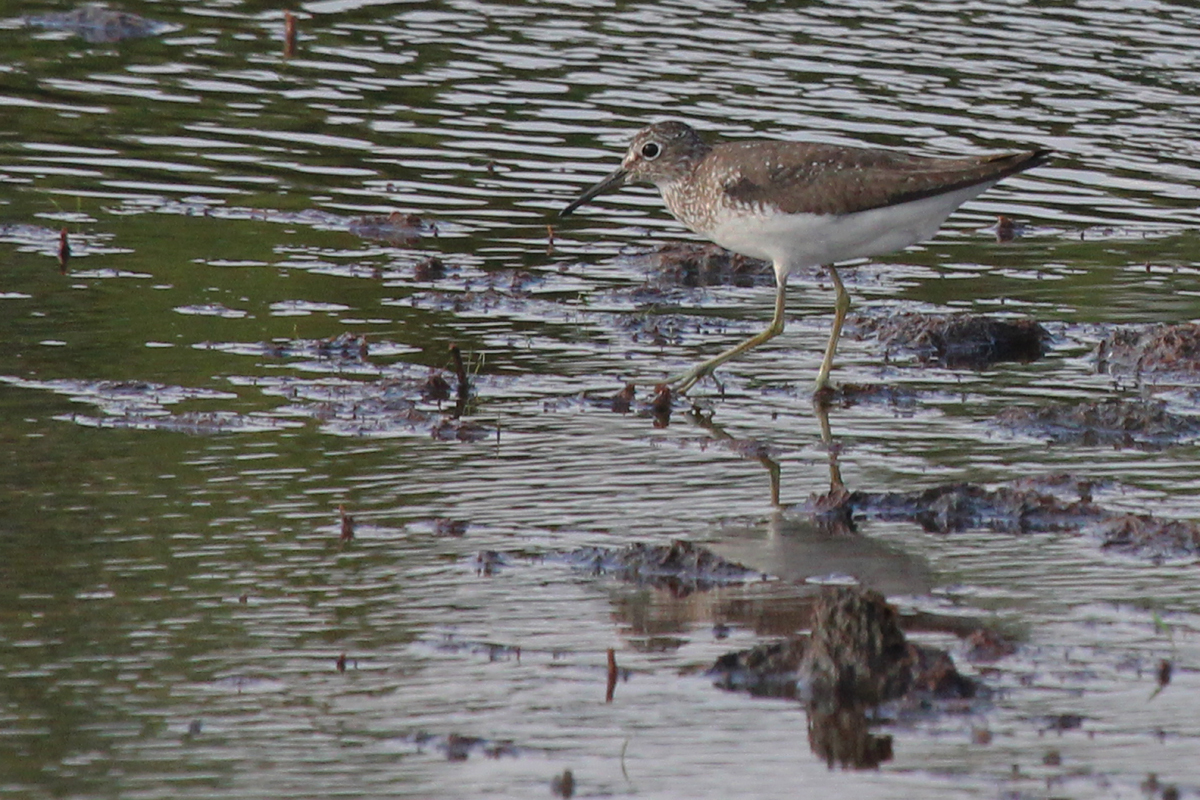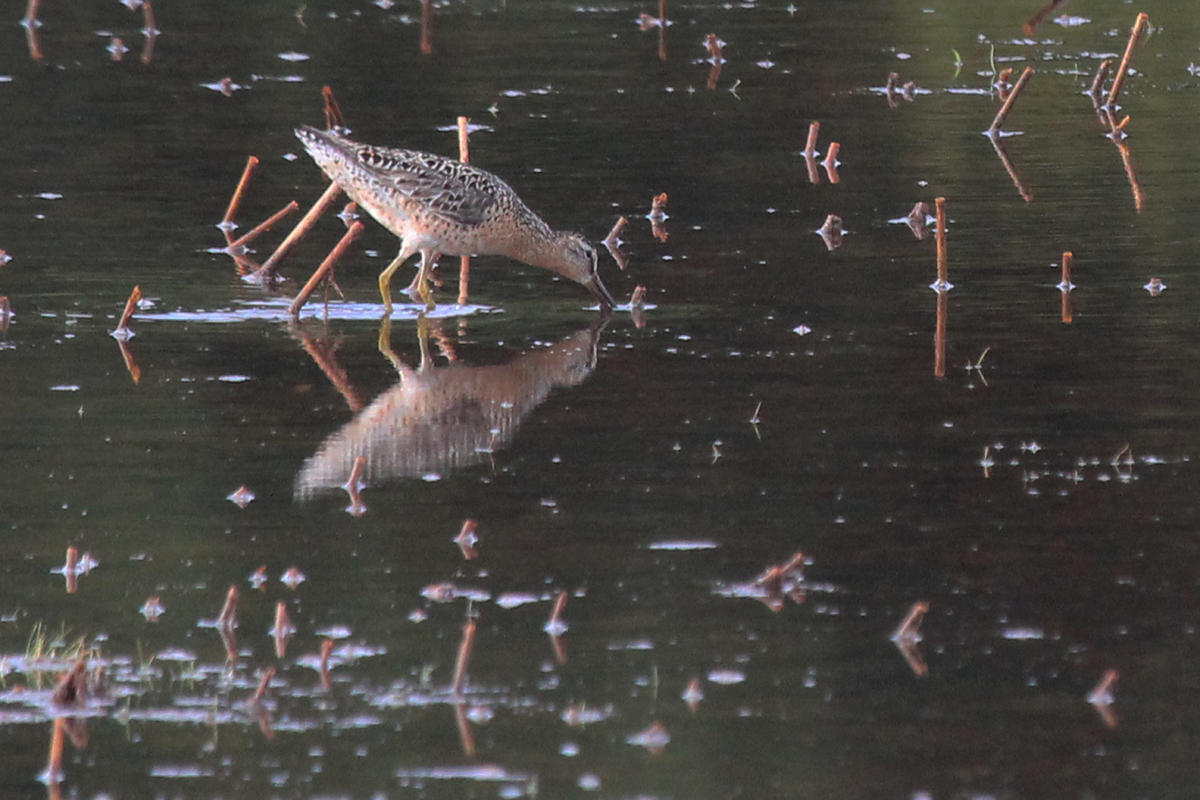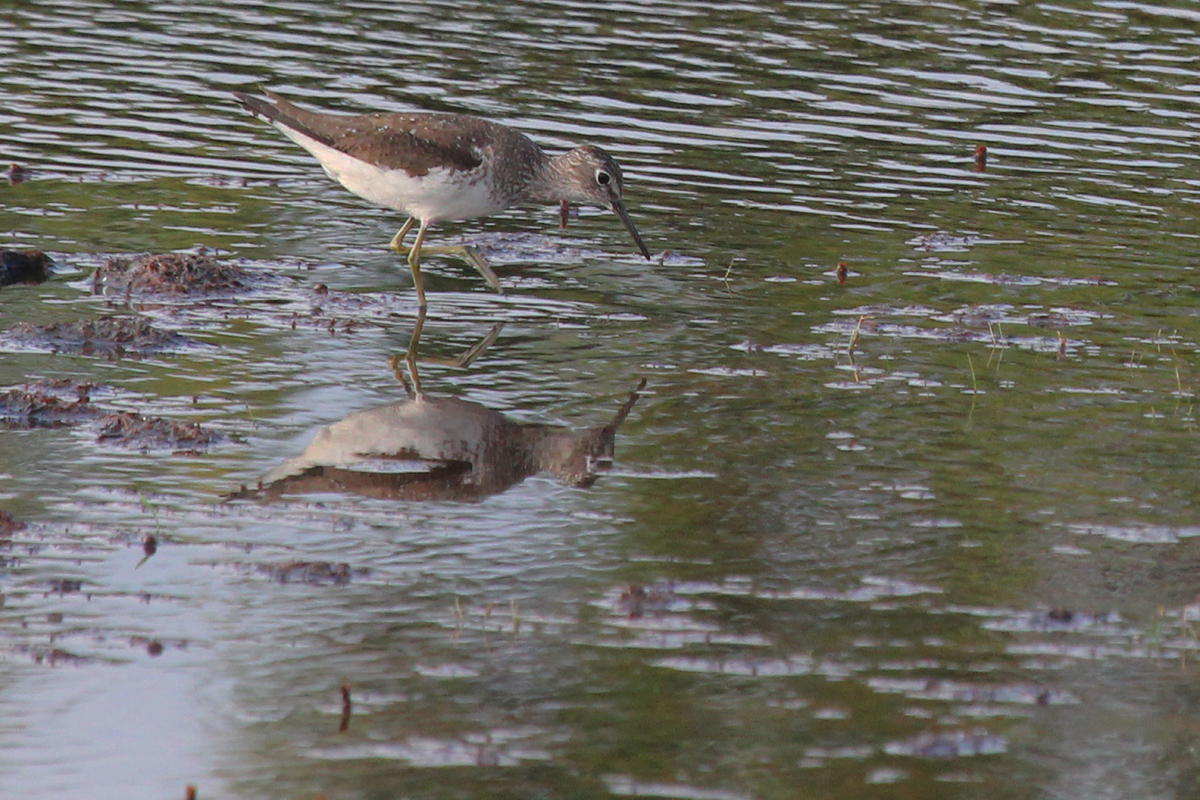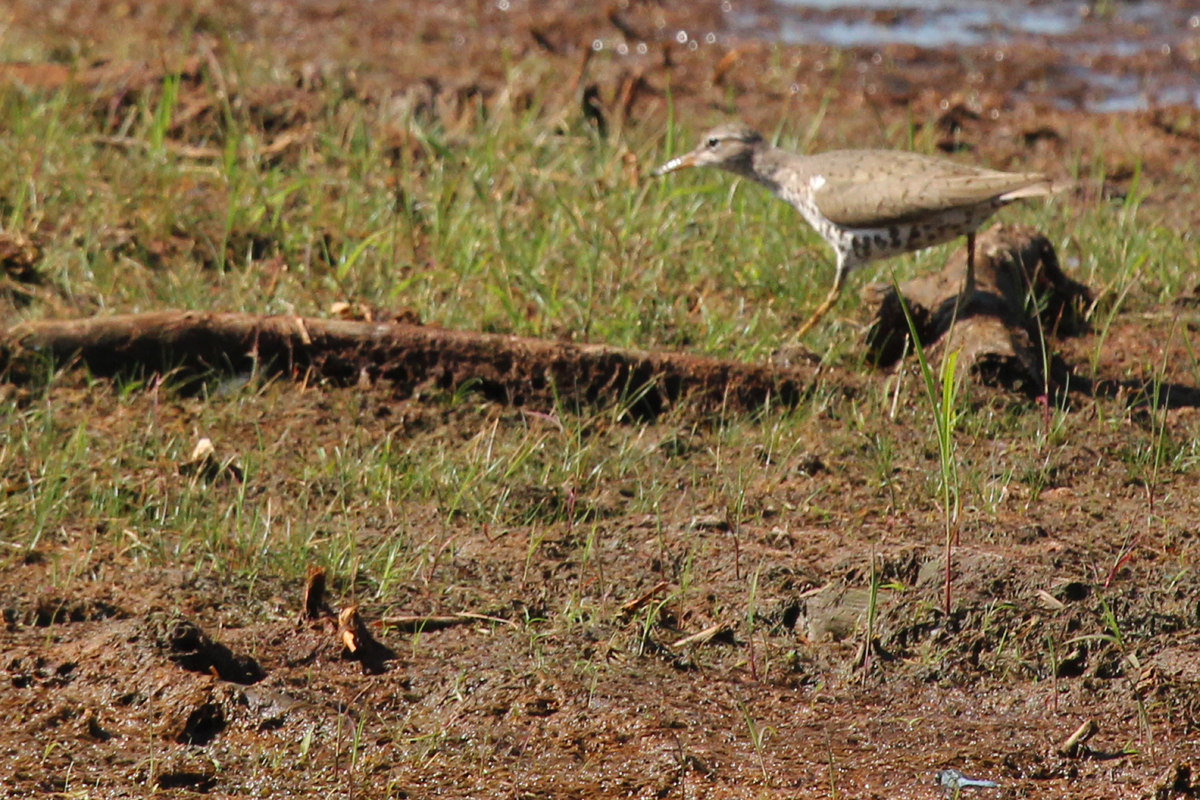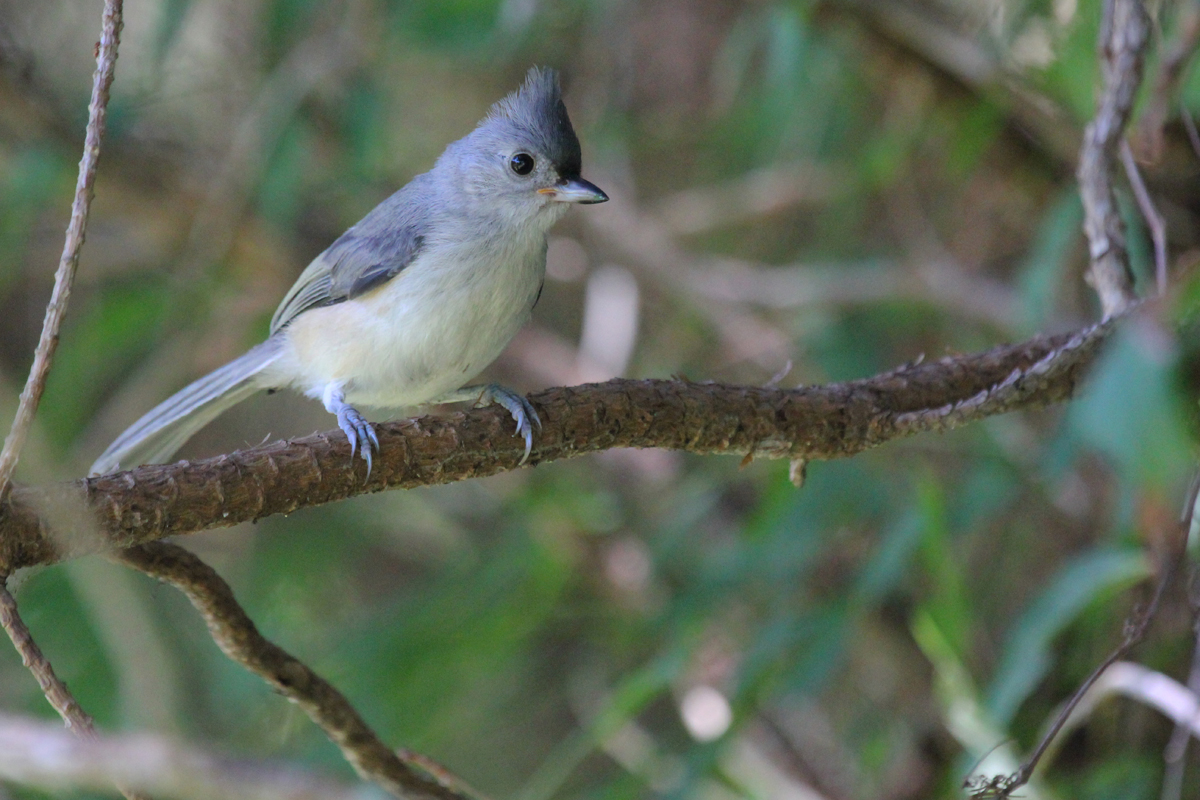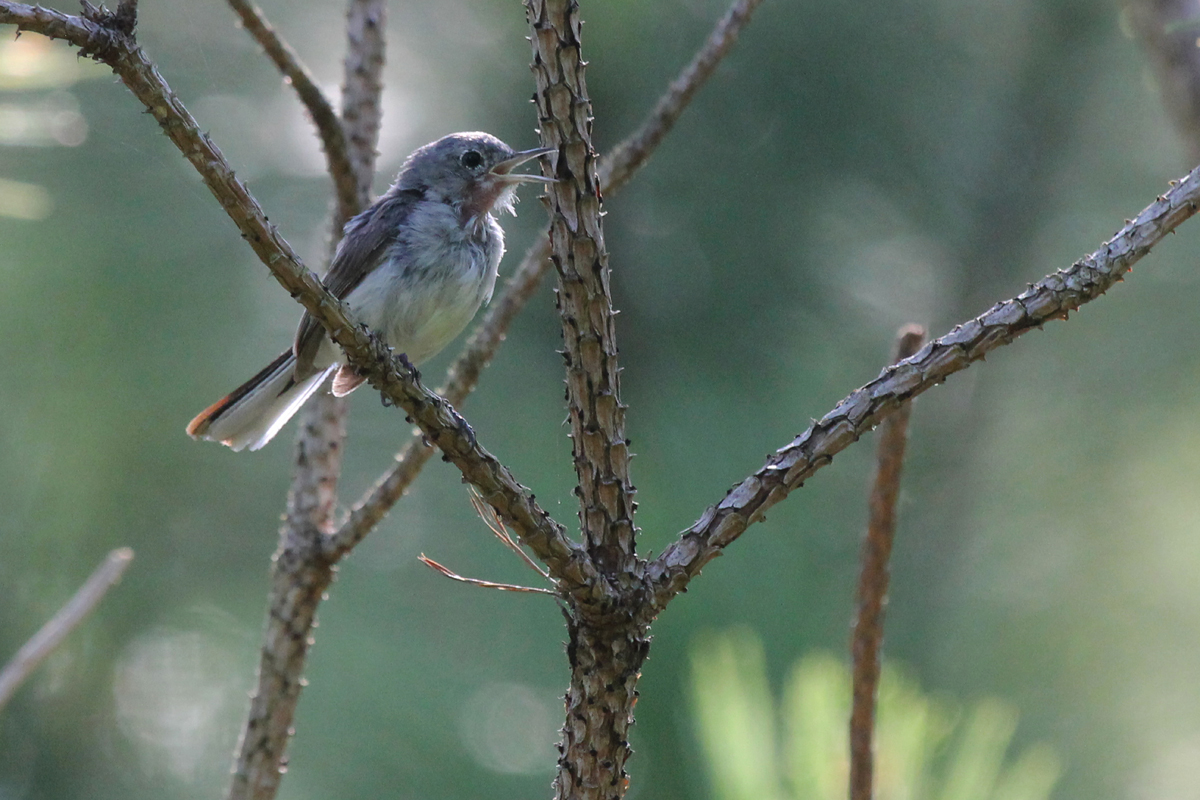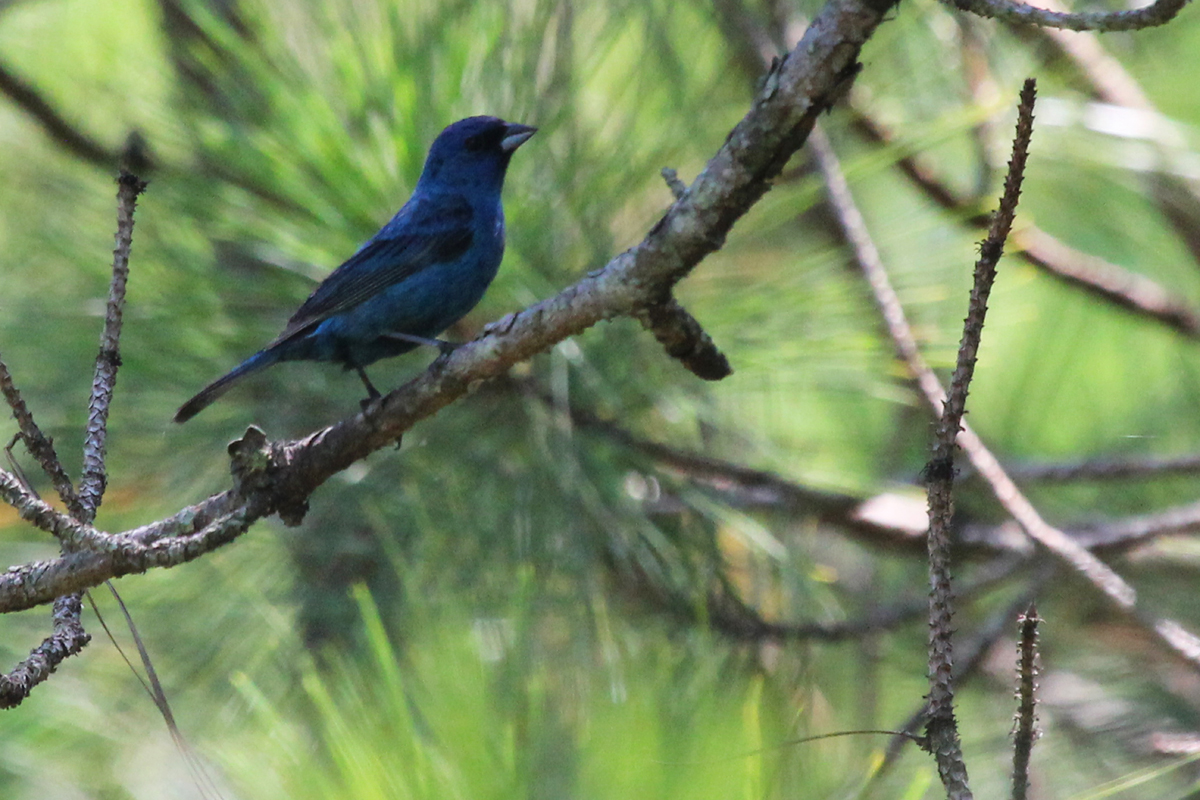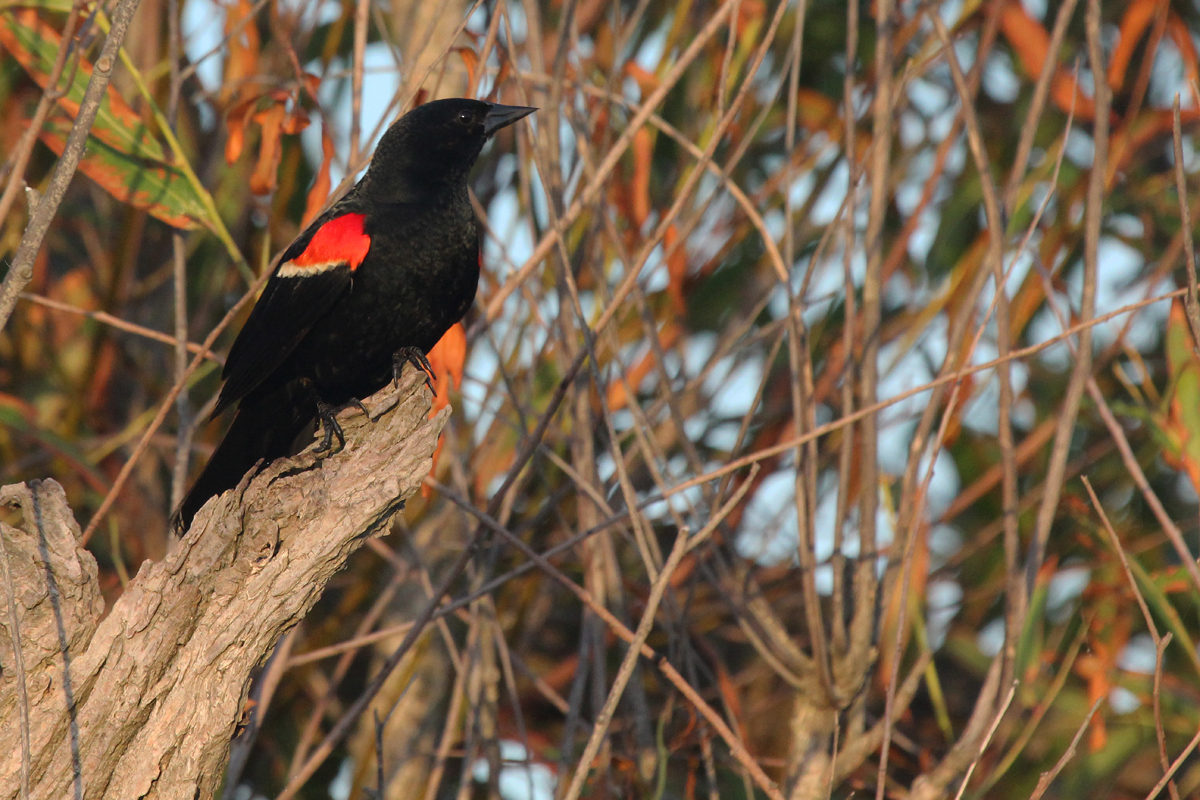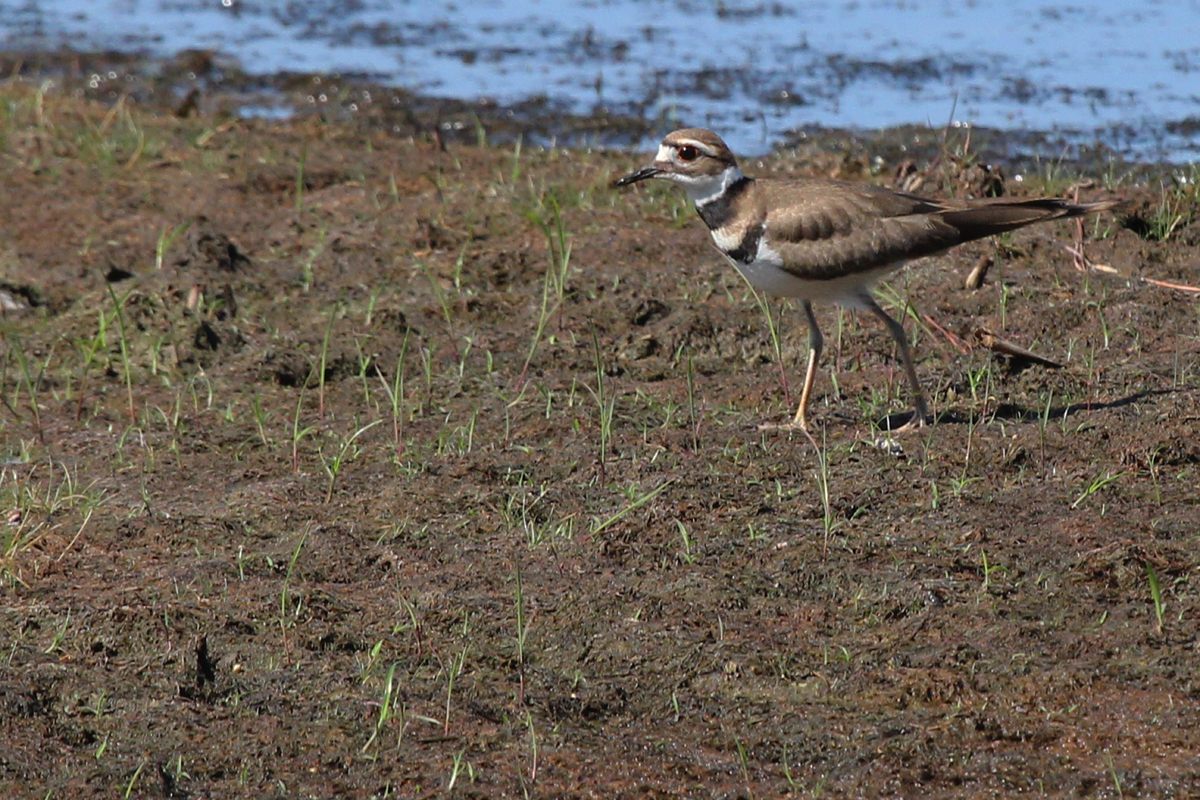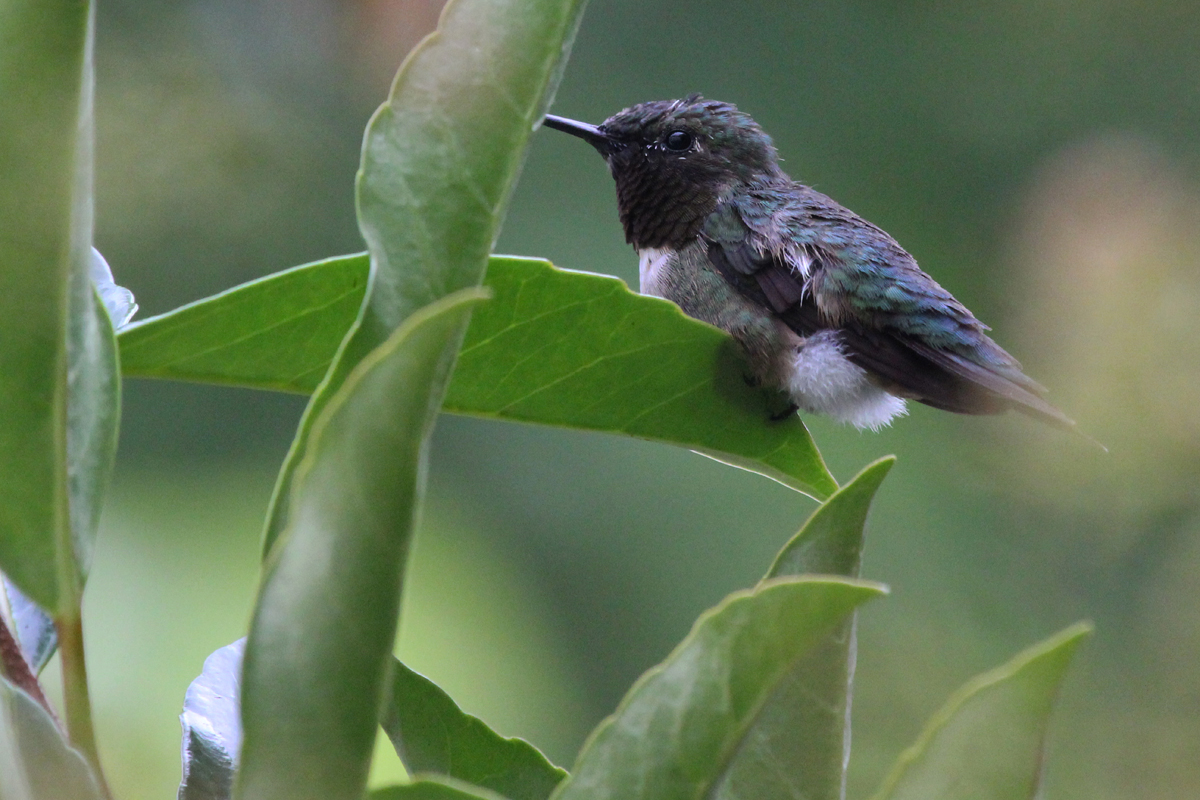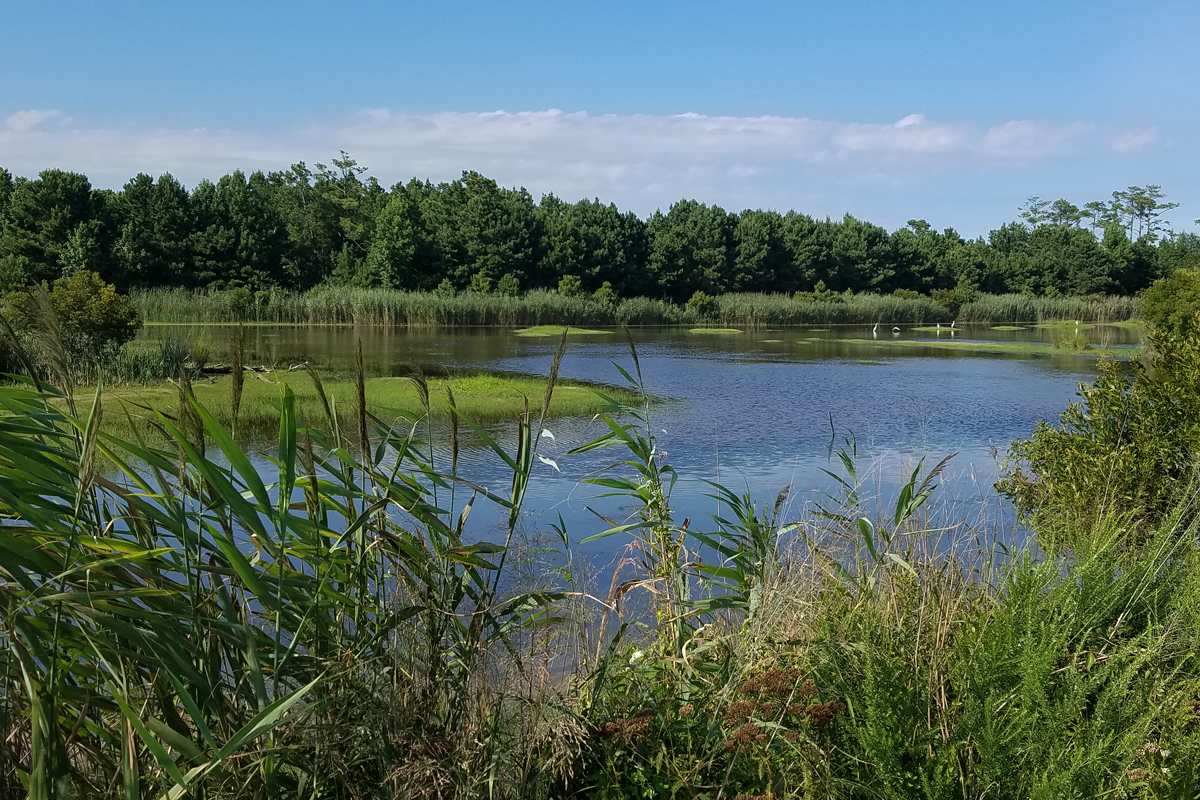Mid-August 2018 (11th-20th)
/During the mid-August period, new found rarities included an in-transit group of three MARBLED GODWITS at Princess Anne WMA Whitehurst Tract on 12 Aug (ph. Rob Bielawski), a pair of DICKCISSELS at Marina Shores on 13 Aug (ph. Kathy Spencer), and our first AMERICAN AVOCET of the fall season on the mudflats of Lynnhaven Bay on 20 Aug (obs. Andrew Baldelli). Continuing rarities included the LARK SPARROW at Marina Shores on 15 Aug (ph. June McDaniels and later obs. Andrew Baldelli), at least one ANHINGA at Stumpy Lake NA on 17 Aug (ph. Reuben Rohn) and a MARBLED GODWIT that stayed throughout the period on the beach at Back Bay NWR (many obs.). Early first-of-season records occurred for AMERICAN BITTERN with the first report at Back Bay NWR on 15 Aug (obs. Robert Ake) and a second individual the following day, 16 Aug, over Lynnhaven Bay (ph. Andrew Baldelli). Additionally, a BLACK-AND-WHITE WARBLER at Princess Anne WMA Whitehurst Tract on 18 Aug (ph. Rob Bielawski) was slightly early, and we had an arrival within expected dates for NORTHERN HARRIER also at the park on 19 Aug (ph. Rob Bielawski). With large gaps since their first-of-season reports, we finally had second records for BLACK TERN at Back Bay NWR on 11 Aug (obs. Ander & Paul Buckley) as well as for BANK SWALLOW at both Back Bay NWR (obs. Rob Bielawski) and Princess Anne WMA Whitehurst Tract (obs. Andrew Baldelli) on the same date.
For those hoping to view every photograph submitted for Virginia Beach during this period, please see the complete listing for the month of August located on eBird’s Media explorer by clicking here! Please remember, anyone with an eBird account also has the ability to rate these photographs (1-5 stars), and based on the average rating, this is how eBird populates anything media-driven on the website, particularly the Illustrated Checklists! So, if you're one of the many folks who enjoy looking at photographs of birds, take some time to click them all and rate them, it helps make eBird better and better each day!
LOOKAHEAD: With regards to annually expected fall arrivals, as of the reporting period close date, we have not yet logged first arrivals for DUNLIN (30 Jul average expected arrival), YELLOW-THROATED WARBLER, NORTHERN WATERTHRUSH & WHITE-RUMPED SANDPIPER (5 Aug), PEREGRINE FALCON & BALTIMORE ORIOLE (15 Aug), BLUE-WINGED WARBLER, WORM-EATING WARBLER, CHESTNUT-SIDED WARBLER, BOBOLINK, BLACK-THROATED BLUE WARBLER & SORA (20 Aug), VEERY, MAGNOLIA WARBLER, BLACKBURNIAN WARBLER, WILSON’S WARBLER, BLUE-WINGED TEAL, GREEN-WINGED TEAL & WILSON’S SNIPE (25 Aug) and BAY-BREASTED WARBLER, CAPE MAY WARBLER, BLACK-THROATED GREEN WARBLER & GADWALL (30 Aug). If you observe one of these species before the date listed, please try to document the sighting as best as you can! Please also remember that every species’ expected fall arrival date can be viewed in table format by Clicking Here!
Next Entry | Next Year | Entry Index | Previous Year | Previous Entry
For further information regarding this thrice-monthly, online publication, please visit the Journal Overview Page which provides an in-depth explanation of the format, layout and composition of the journal. As always, thank you for reading, and please leave me a comment below (you may use your Facebook, Gmail or other accounts to easily do so), or just click the Heart icon to the lower right of this post to let me know you stopped in!
